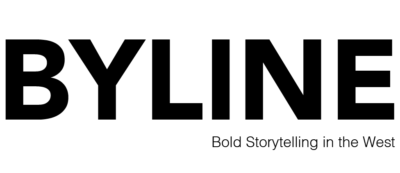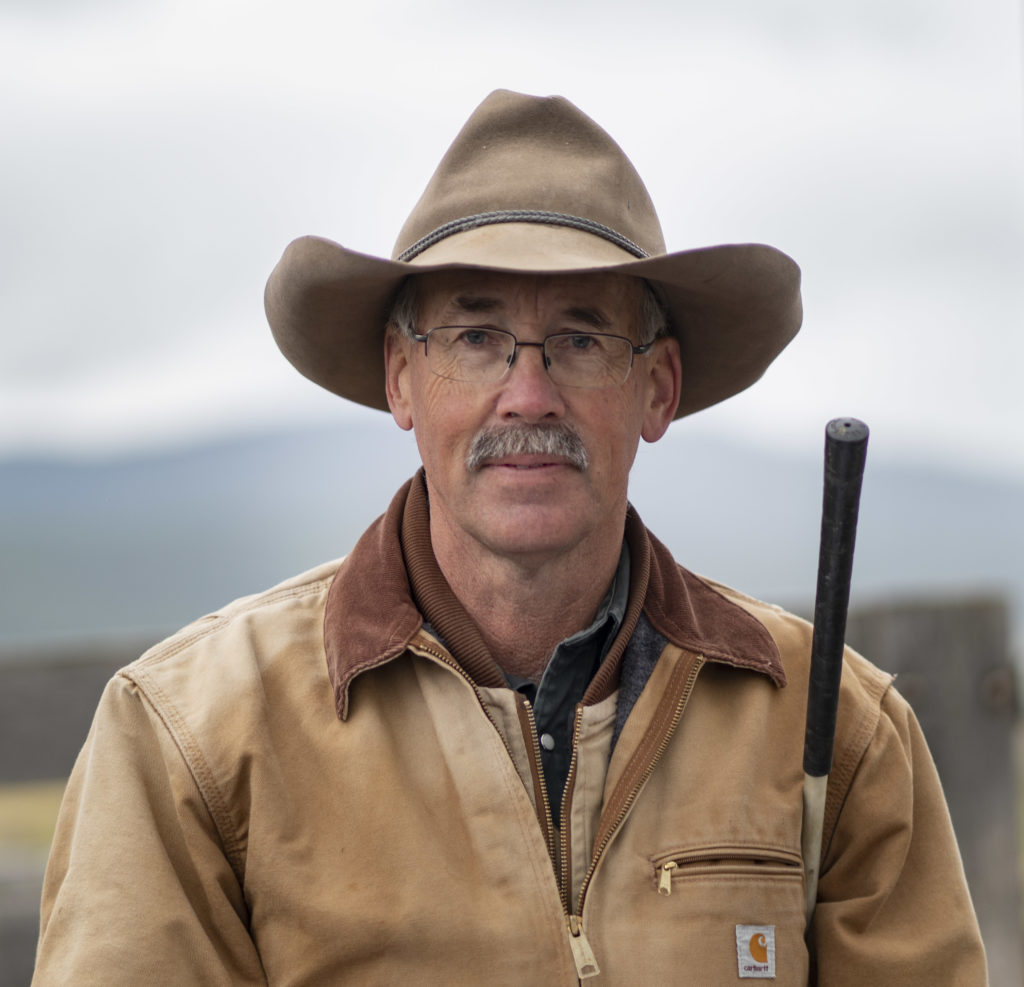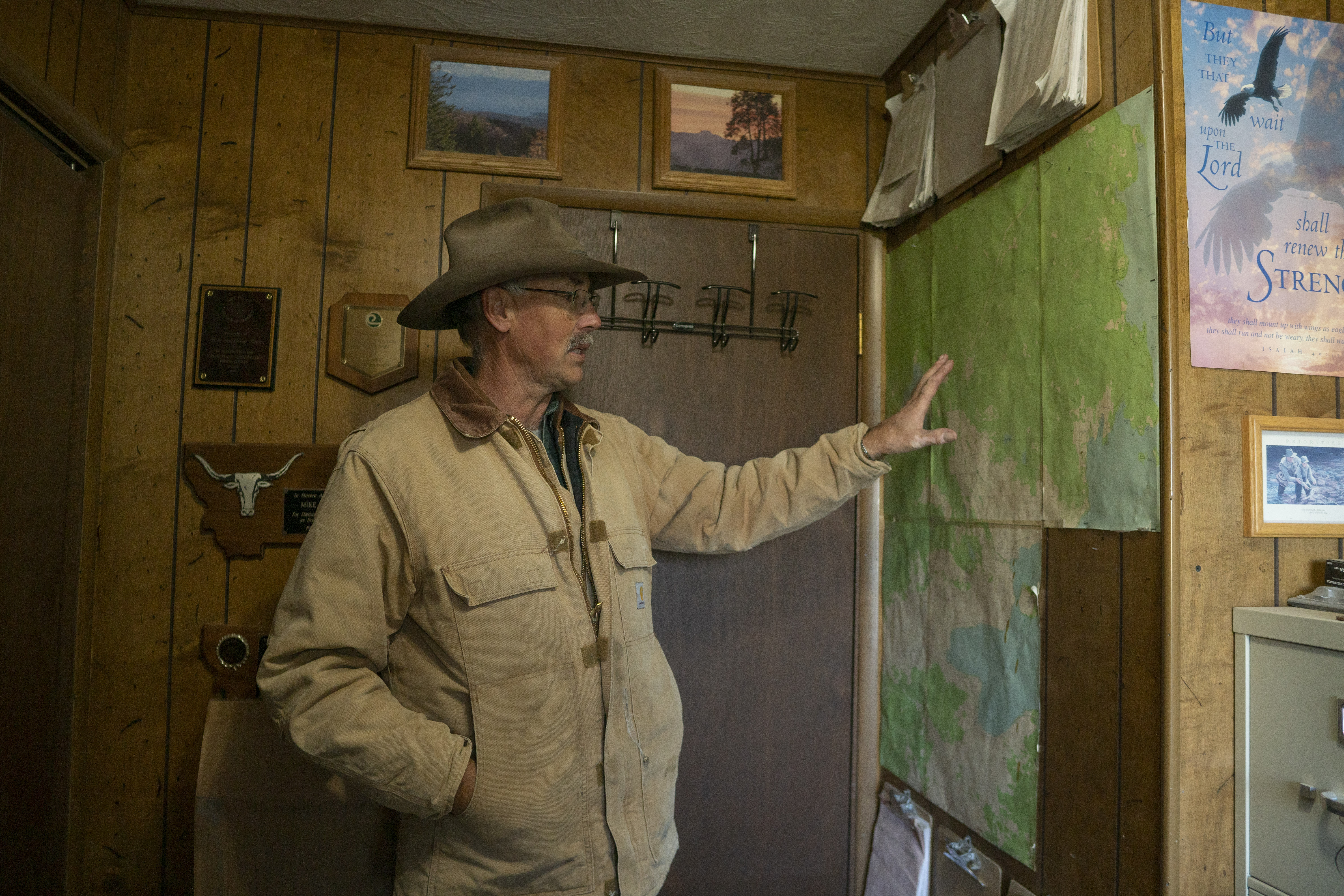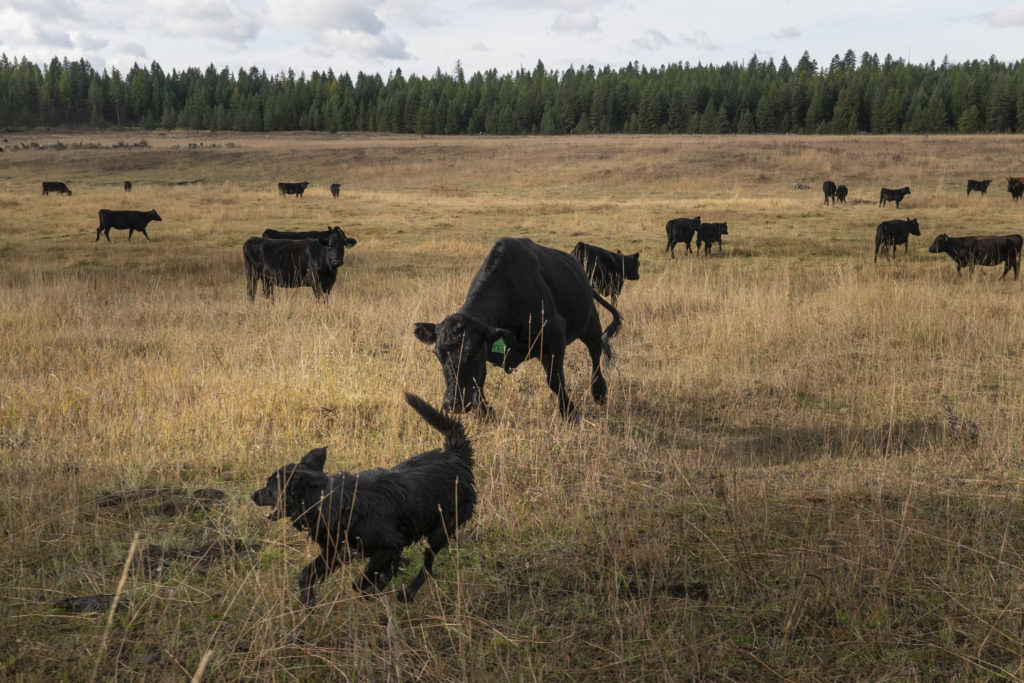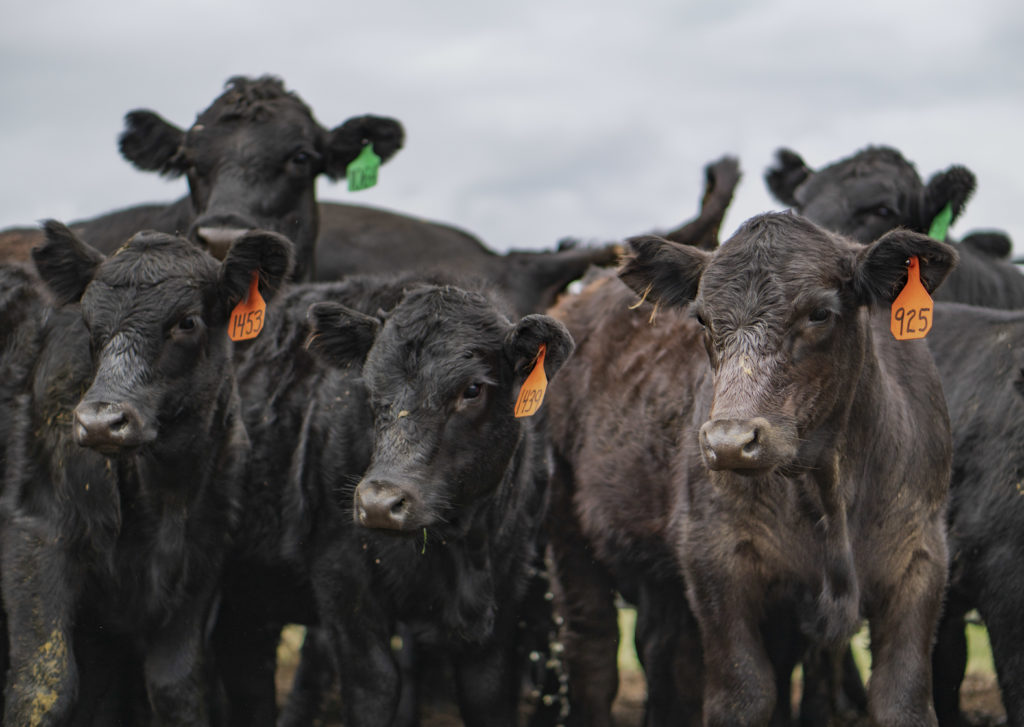Locked Out: Inaccessible Public Land
Landlocked Public Land in Montana
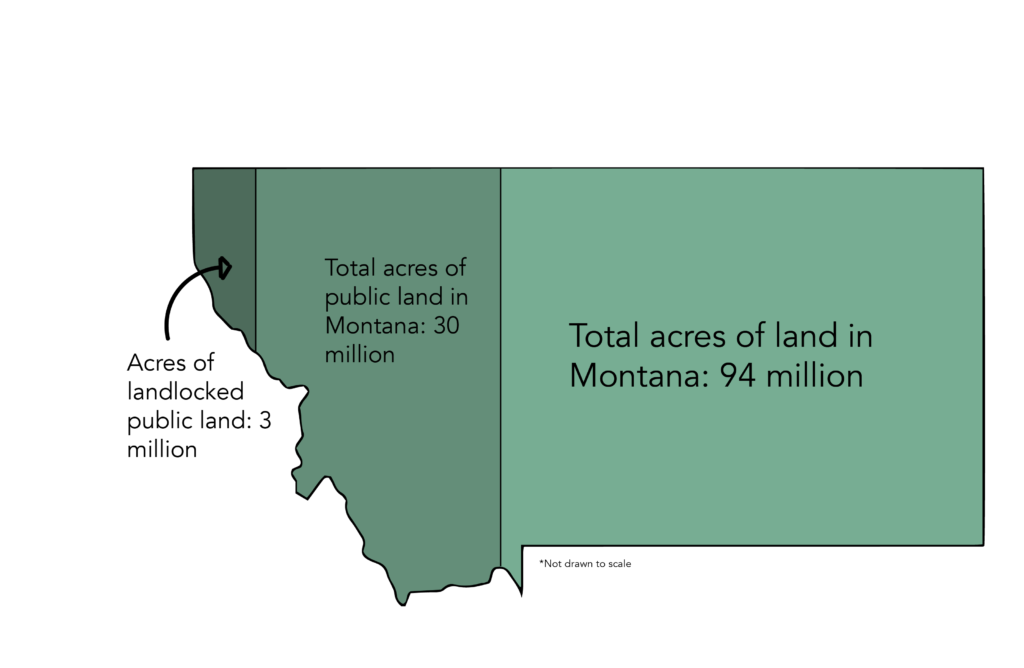
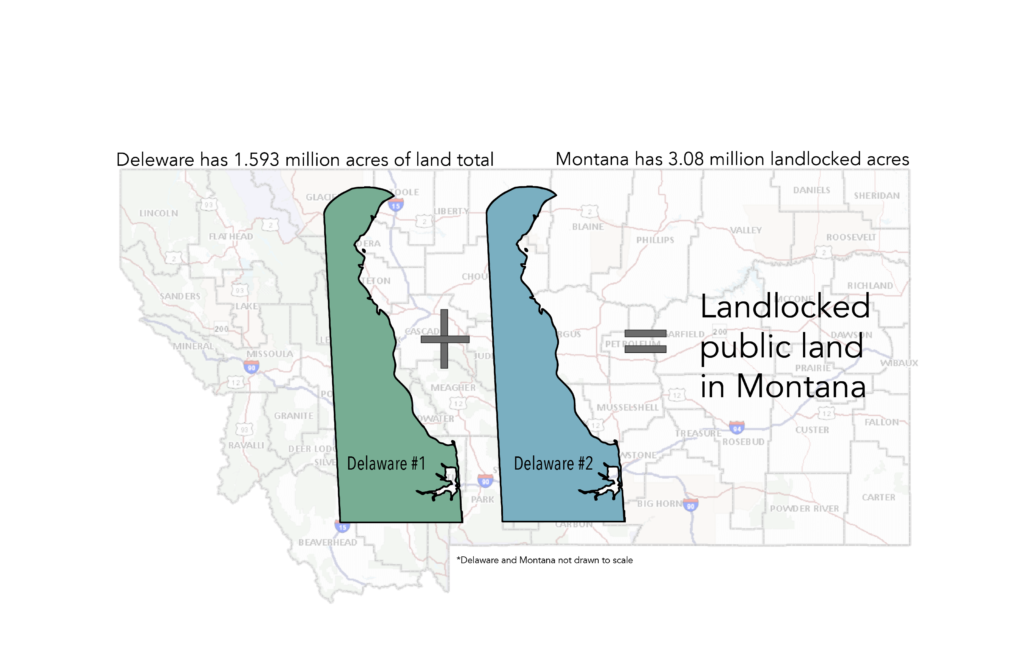
More than 3 million acres of public state and federal land in Montana is considered landlocked, which means that the public can’t access those acres without crossing through private property. Unless they own a helicopter or have express permission from a private land owner, it is impossible to legally access this land. Although Montanan’s can hunt, fish, recreate and explore more than 27 million acres of accessible public land, these three million acres are out of reach.
The amount of landlocked area in the fourth biggest state in the U.S. equals approximately the same acreage as the total acreage of two Delawares.
Interactive map of Montana Public Lands
Please allow up to 30 seconds for map data to load. Zoom in or out using controls in the upper left corner and click on places to find out who owns the land and how many acres the parcel of land is. This map was created using the open source Leaflet software and data from the State of Montana Cadastral database.
Why is so much land landlocked in Montana?
According to the Theodore Roosevelt Conservation Partnership, state and federal landlocked lands developed in different ways. As western territories became states, the federal government gave lands to the state so they could generate revenue for public institutions. The land was given arbitrarily in a grid, creating parcels of state land surrounded by private landowners. A lot of federal land became landlocked when the federal government subsidized railroad construction by granting railroad companies alternating sections of land on either side of the railroad track. Even though a lot of these parcels of land touch at the corners, it isn’t legal to cross over the corner from one piece of public land to another in Montana.
Example of landlocked lands in Northwest Montana
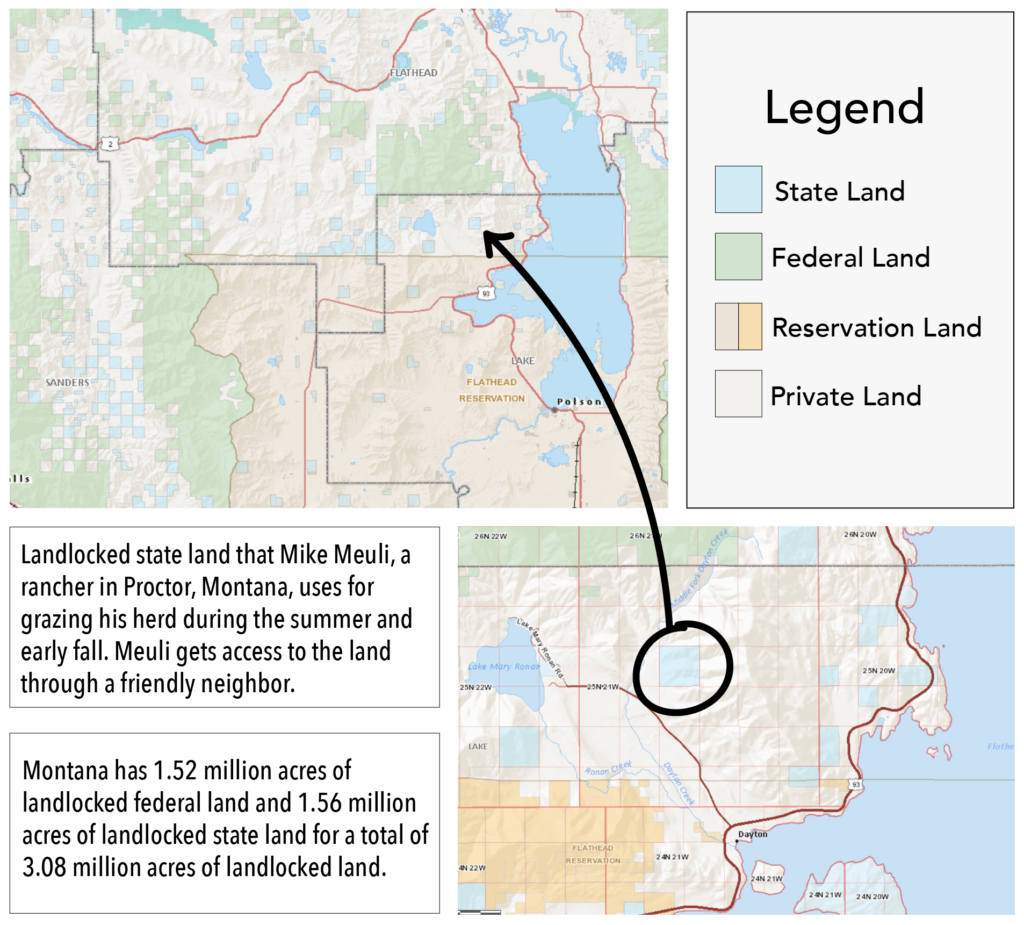
Screenshots taken from https://svc.mt.gov/msl/mtcadastral/, information on landlocked land from http://www.trcp.org/unlocking-public-lands/
What is Montana doing to open these lands?
According to Jason Kool, the Landowner Sportsmen Relations Manager for FWP, Montana has several initiatives at work to open up some of this public land. The most successful is the Block Management program. This program works with private landowners to allow access on and through their land, usually for hunting. Kool said half a million acres of landlocked state land are opened through this program That’s a third of the landlocked state land.
Another initiative includes a tax incentive program called Unlocking Public Lands. It hasn’t been as successful as hoped so far. Kool said this is in part because it is a new program and it hasn’t been promoted well enough. It also gives less control to the landowner than the Block Management program.
What’s next in unlocking?
One major issues in unlocking public lands is the lack of adequate funding for the Land and Water Conservation Fund. According to Kevin Farron, the Montana Chapter Coordinator for Backcountry Hunters and Anglers, when the LWCF was created in the 60’s it was funded at $900 million. Now, 50 years later, it hovers at about $600 million. Since its inception, the LWCF has opened access to more than 5 million acres of public land and has established new fishing, hunting, and recreating areas. Key organizations who are fighting to unlock public land, such as the Theodore Roosevelt Conservation Partnership, BHA, and onX, are lobbying to achieve permanent funding for the LWCF.
